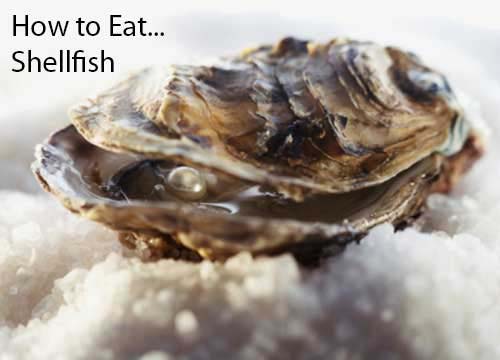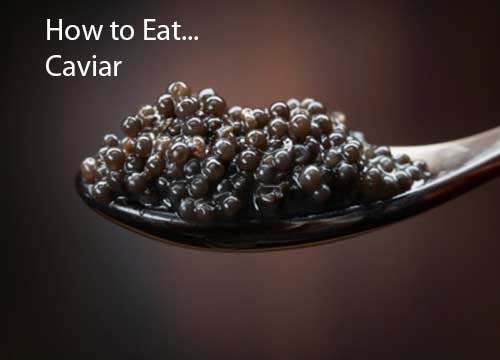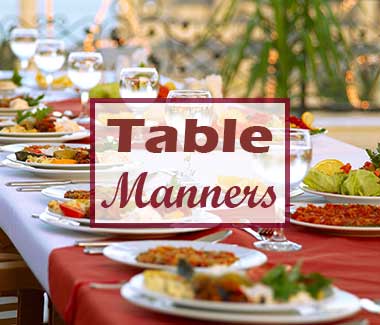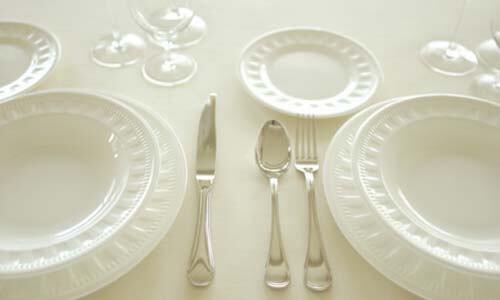Malaysian Dining Etiquette
international dining etiquette
Dining etiquette in Malaysia is similar to the rules of dining etiquette in the other Southeast Asian countries. The dining etiquette information below presents Malaysian variations from general dining etiquette of Southeast Asian as found on the Indonesia dining etiquette page.
Dining etiquette for discussing business. Business entertaining is a must. Put effort into establishing a personal relationship.
Dining etiquette for using your hands. The left hand is considered taboo; it should not be used for eating or handling food in any way or form.
If you are hosting a meal, remember that your Muslim guests should not be offered either pork or alcohol. Similarly, Hindus and Sikhs should not be served beef, because cows are considered sacred in those religions.
Dining etiquette for utensils. Malaysia is composed of a number of different ethnic groups, so utensil etiquette varies. Individuals of Malaysian and Indian descent may choose to use the fork as the scooper (using the left hand) and the spoon as the utensil that takes the food to the mouth (using the right hand). Some may use their hands (the right one only) to take food to their mouths. Follow the person with whom you are dining.
If you are dining with an individual of Chinese descent, that person will probably use chopsticks as the eating utensil, while a spoon may also be used for soup. Once again, you should follow suit.
Dining etiquette for seating. Seating should be dictated by the host or the highest Malaysian officer in attendance.
The host should be seated to the immediate left of the most senior guest. This guest should be given the best seat at the table, which is usually the farthest from the door.
Dining etiquette for tipping. Tipping is not the custom in Malaysia, because service charges are included in most services.
related:
asian, pacific rim dining etiquette

Our resting utensils etiquette section covers the rules (american and continental) for resting your utensils when taking a break from eating, when you are finished eating, and when you are passing food [...]
Read More





